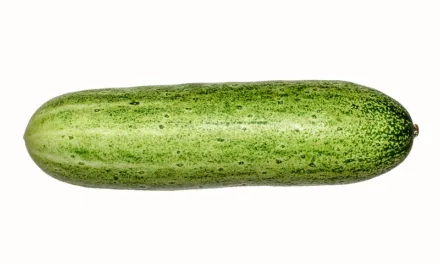Watermelon is a refreshing and juicy fruit that is popular, especially in the summer months. Here are some key characteristics of watermelon:
- Appearance:
- Exterior: Watermelons have a thick green rind that can be solid, striped, or mottled in appearance.
- Interior: The flesh is typically bright red or pink, though some varieties can have yellow or orange flesh. It is filled with small black seeds, although seedless varieties are also common.
- Taste:
- Watermelon has a sweet, mild flavor with high water content, making it incredibly refreshing and hydrating. The flesh is crisp and juicy.
- Nutritional Benefits:
- Watermelon is low in calories and contains a variety of nutrients, including vitamin C, vitamin A, and antioxidants such as lycopene, which is linked to several health benefits.
- It is also high in water content, helping with hydration.
- Varieties:
- There are several types of watermelon, including seedless, picnic, icebox, and yellow/orange-fleshed varieties, each varying in size, sweetness, and flesh color.
- Culinary Uses:
- Watermelon is often eaten fresh, but it can also be used in salads, smoothies, and desserts. It can be grilled or turned into juice, sorbet, or even cocktails.
- Cultural Significance:
- Watermelon is often associated with summer picnics and gatherings due to its refreshing qualities and availability during the warmer months.
Overall, watermelon is a delicious and versatile fruit that is enjoyed worldwide for its refreshing taste and nutritional benefits.
Image from Wikipedia






Recent Comments